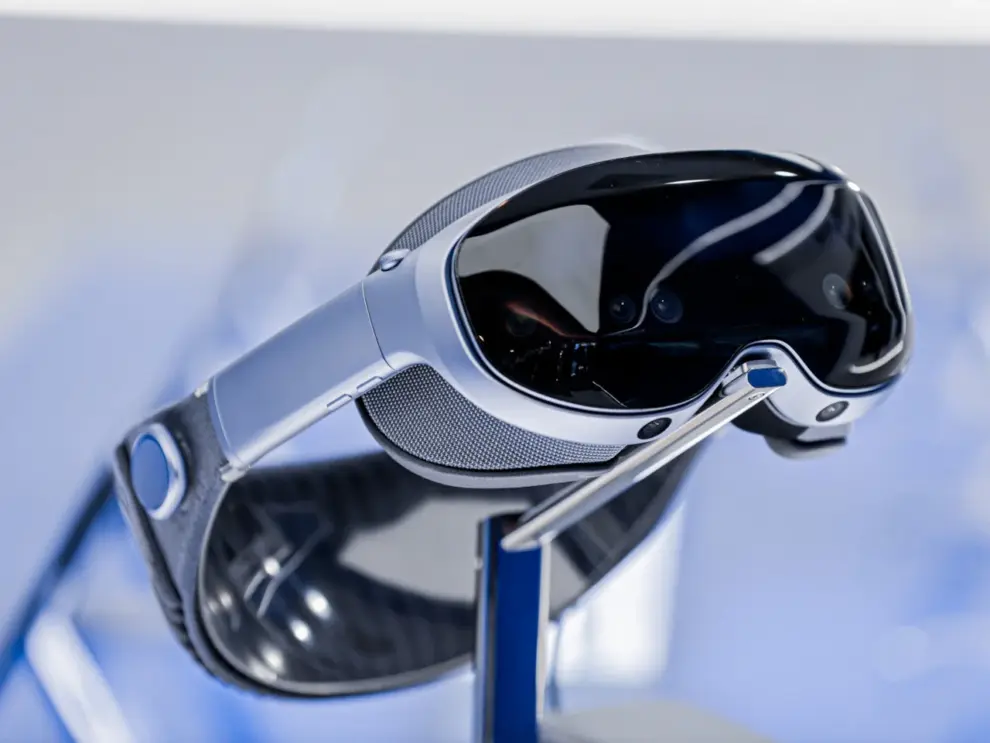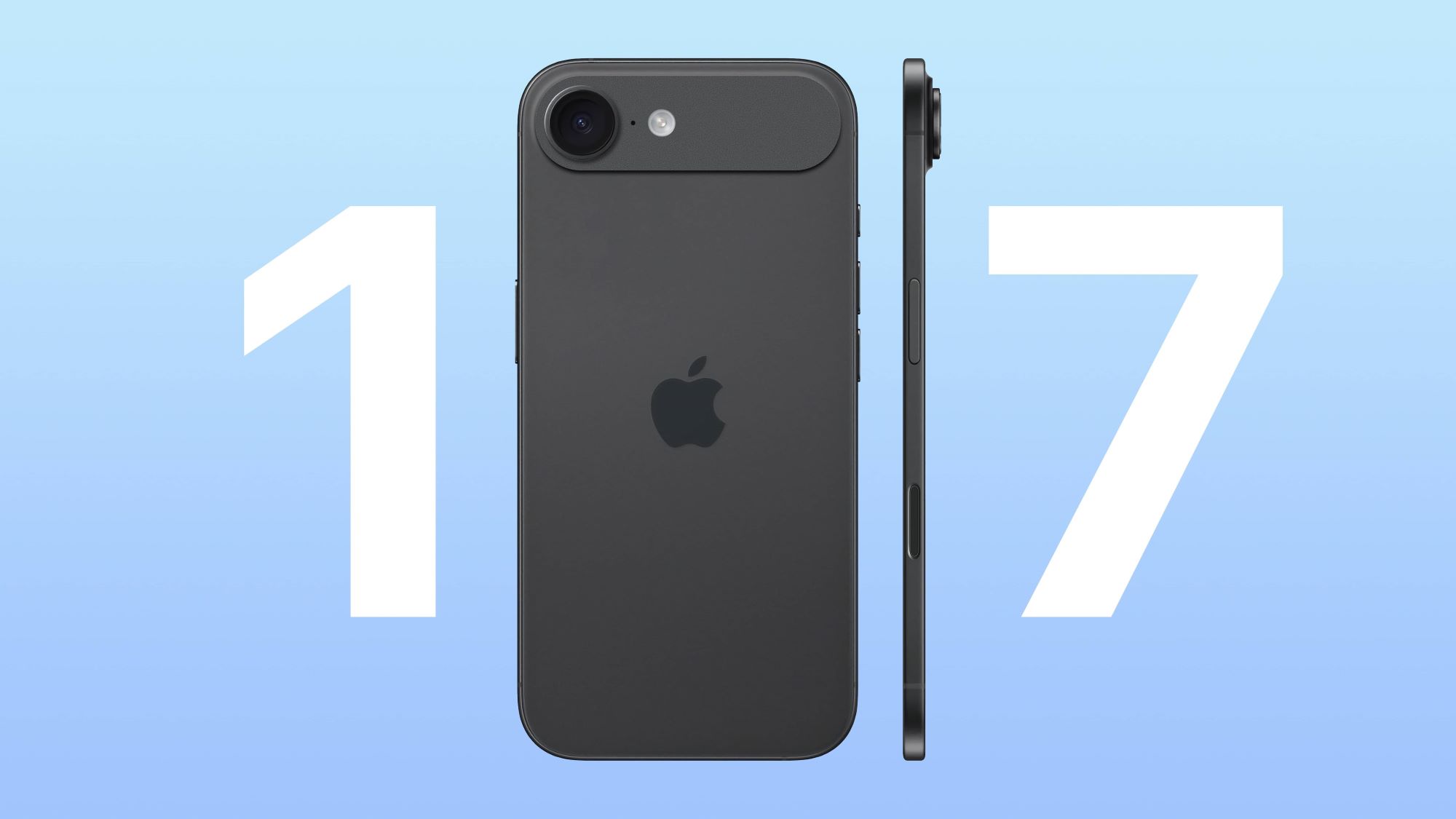The tech world is buzzing after Chinese smartphone giant Vivo unveiled its first mixed reality headset, the “Vivo Vision,” at the Boao Forum for Asia. While the announcement marks Vivo’s entry into the burgeoning spatial computing market, the initial images of the device have sparked a heated debate: Is it a revolutionary product or simply a blatant imitation of Apple’s highly anticipated Vision Pro?
The resemblance is, to put it mildly, striking. From the ski goggle-style design with a sleek black glass front to the fabric headband and what appears to be an external battery pack connected via a cable, the Vivo Vision bears an uncanny similarity to Apple’s headset. Even the name “Vision” echoes Apple’s product, further fueling the comparisons.
Industry analysts and tech enthusiasts were quick to point out the visual parallels. Several sources have described the Vivo Vision as a “clone” or heavily “inspired” by the Apple Vision Pro. The images released by Vivo show a device with multiple sensors embedded in the visor, similar to the Apple headset, suggesting capabilities for both augmented reality (AR) and virtual reality (VR) experiences. Two additional sensors at the bottom of the frame hint at hand and finger gesture tracking, a key feature showcased by Apple.
While Vivo has remained tight-lipped about the specific features and technical specifications of the Vision headset, the company did reveal that it is part of their “Blue Technology Matrix,” which aims to integrate AI technology into everyday applications. Vivo’s COO and Executive VP, Hu Baishan, stated that the company intends to leverage the spatial computing capabilities gained from the Vision headset to develop the “brain” and “eyes” of future robots. This suggests a broader strategic vision for Vivo beyond just entering the VR/AR market.
The Vivo Vision is expected to be officially unveiled in mid-2025, potentially launching in China first. This timeline puts it ahead of Samsung’s rumored XR headset, positioning Vivo as a direct competitor to both Apple and Samsung in this emerging technology space.
However, the question remains: Can Vivo truly compete with Apple and Samsung based on design alone? The success of a mixed reality headset hinges not just on its appearance but also on its performance, user experience, and the ecosystem of applications it supports. Apple, with its powerful in-house silicon and visionOS platform, has set a high bar for the industry. Samsung, with its vast experience in display technology and collaborations in the XR space, is also expected to be a formidable contender.
Vivo, primarily known for its smartphones, will need to demonstrate significant technological prowess and innovation to carve out a niche for itself in this competitive market. While taking design cues from a successful product like the Apple Vision Pro might be a starting point, Vivo will need to offer a compelling value proposition in terms of features, performance, and price to attract consumers.
The lack of detailed specifications from Vivo leaves many questions unanswered. Will the Vivo Vision offer similar display quality and field of view as the Apple Vision Pro? What kind of processing power will it have? What will be its battery life? And most importantly, how will its user interface and software ecosystem compare to the established players?
The answers to these questions will determine whether the Vivo Vision is merely a look-alike or a genuine contender in the high-stakes world of mixed reality. The mid-2025 launch window promises to be an exciting time for tech enthusiasts as we await more details about Vivo’s ambitious new product and its potential to disrupt the market.




